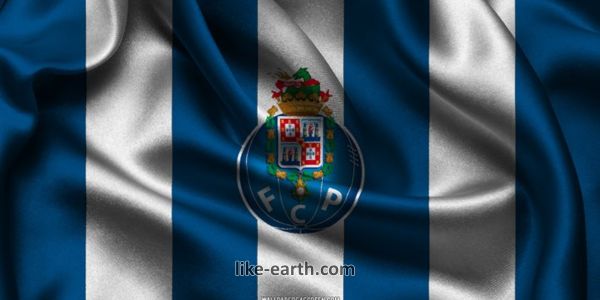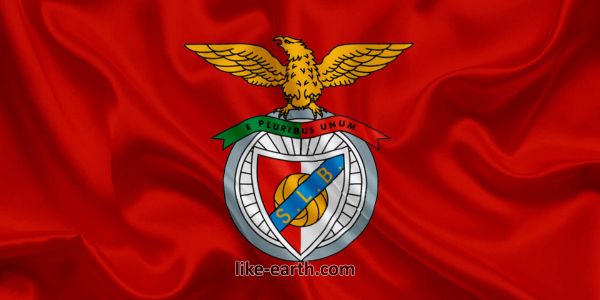Iconic Royal Jewelry Through the Ages
Iconic royal jewelry tells majestic stories of power, tradition, and elegance. From glittering crowns to heirloom tiaras, royal gems reflect centuries of history. This article reveals how these pieces symbolize the heritage and status of monarchies across generations.
The Meaning Behind Seven Words of Royal Jewelry
“Iconic royal jewelry symbolizes history, elegance, and tradition.” This seven-word phrase perfectly captures the cultural and visual essence behind the most famous regal ornaments. More than decoration, these jewels are part of royal identity and protocol.
The Crown Jewels of the United Kingdom
The most well-known royal jewelry is undoubtedly the British Crown Jewels. Held in the Tower of London, they include crowns, orbs, and ceremonial swords. The Imperial State Crown, worn by Queen Elizabeth II during state occasions, features over 2,800 diamonds and iconic stones like the Black Prince’s Ruby and the Cullinan II diamond.
The Legendary Cullinan Diamond
The Cullinan Diamond is the largest gem-quality rough diamond ever found. Discovered in South Africa in 1905, it weighed an astounding 3,106 carats. It was cut into multiple stones, some of which were set in the Sovereign’s Sceptre and the Imperial State Crown. These remain among the most valuable jewels on Earth.
Queen Elizabeth II’s Iconic Brooch Collection
Queen Elizabeth II owned an extensive and historic collection of brooches. Each brooch held personal or political meaning. For instance, the New Zealand Silver Fern Brooch and the Canadian Maple Leaf Brooch were diplomatic gifts. These brooches often made subtle statements during international visits or state ceremonies.
Princess Diana’s Sapphire Engagement Ring
Princess Diana’s blue sapphire engagement ring has become one of the most recognized royal jewelry pieces. The 12-carat oval sapphire, surrounded by 14 solitaire diamonds, was set in white gold. Now worn by Catherine, Princess of Wales, the ring symbolizes continuity in the royal family’s legacy and style.
The Cambridge Lover’s Knot Tiara
This iconic tiara was originally created for Queen Mary in 1913. It features pearl drops suspended from diamond arches. The tiara was worn by Princess Diana and is now worn by Catherine. It carries strong emotional weight and is one of the most photographed royal tiaras in history.
The Queen Mary Fringe Tiara
Designed in 1919, this tiara was worn by Queen Elizabeth II on her wedding day. Princess Anne and Princess Beatrice also wore it for their weddings. Its distinct spiked design gives it a classic, regal feel. The tiara is actually convertible and can be worn as a necklace.
The Greville Emerald Kokoshnik Tiara
Worn by Princess Eugenie on her wedding day, this stunning tiara features a central 93.7-carat emerald. Made by Boucheron in 1919, it was bequeathed to the Queen Mother by society hostess Margaret Greville. The tiara showcases the Art Deco style and is a standout piece among royal headwear.
International Royal Jewelry: Not Just British
Royal families from Sweden, Denmark, the Netherlands, and Japan also possess remarkable collections. For instance, Queen Máxima of the Netherlands is known for her dramatic pearl tiaras and colorful gemstones. Queen Letizia of Spain often wears minimalist yet regal pieces reflecting her modern style.
Jewelry as Diplomatic and Cultural Tools
Jewelry in royal families often acts as a diplomatic gesture. Royals wear national gemstones or historic family heirlooms to honor their hosts during international visits. These choices are not accidental—they are carefully considered to convey respect and diplomacy.
The Role of Jewelry in Royal Portraits
Historic and modern royal portraits prominently feature jewelry. Queen Victoria was famously painted wearing multiple orders, brooches, and diamonds. Today, royal family members continue this tradition, wearing symbolic pieces in official photos and state occasions to maintain visual continuity and prestige.
Inherited Jewelry: Passing Down Royal Legacies
Many of the most iconic royal jewelry items are passed from one generation to the next. Queen Elizabeth II inherited much of her collection from Queen Mary and Queen Alexandra. These heirlooms link the past to the present and are worn at significant moments like weddings, coronations, and jubilees.
Modern Royals Embrace Sustainability
Contemporary royals are now re-wearing heirlooms or choosing ethically sourced jewelry. Meghan Markle has frequently worn sustainable fashion and jewelry brands. Catherine, Princess of Wales, recycles royal pieces to honor the past while supporting current values. This balance of tradition and ethics shows the monarchy’s evolution.
Public Fascination with Royal Jewelry
The public is endlessly fascinated by royal jewels. They are the subject of documentaries, books, and exhibitions. The combination of priceless craftsmanship and historical narrative makes them captivating. Royals understand this and often use jewelry to quietly shape their public image.
Conclusion
Iconic royal jewelry continues to enchant the world with its beauty, meaning, and history. Each piece tells a story of power, tradition, and evolution. Whether worn by queens, princesses, or duchesses, royal jewels symbolize more than wealth—they represent legacy and diplomacy. Explore more royal culture and heritage at Like Earth.
Stay updated on royal fashion and jewelry by following the Royal Style WhatsApp Channel.



